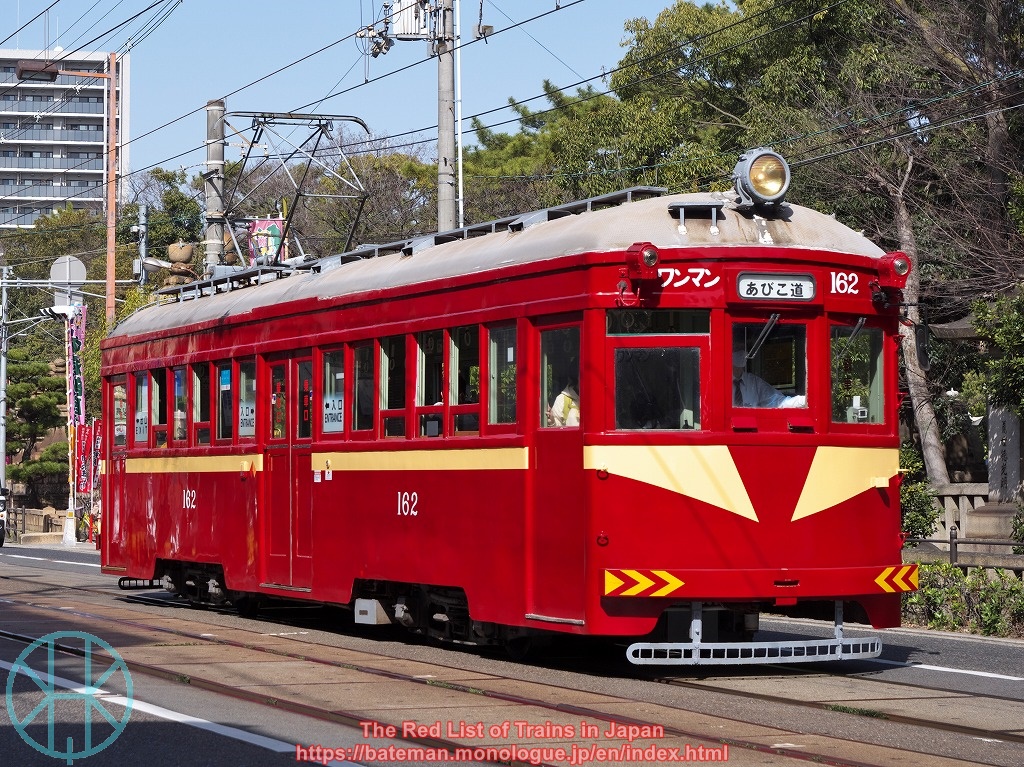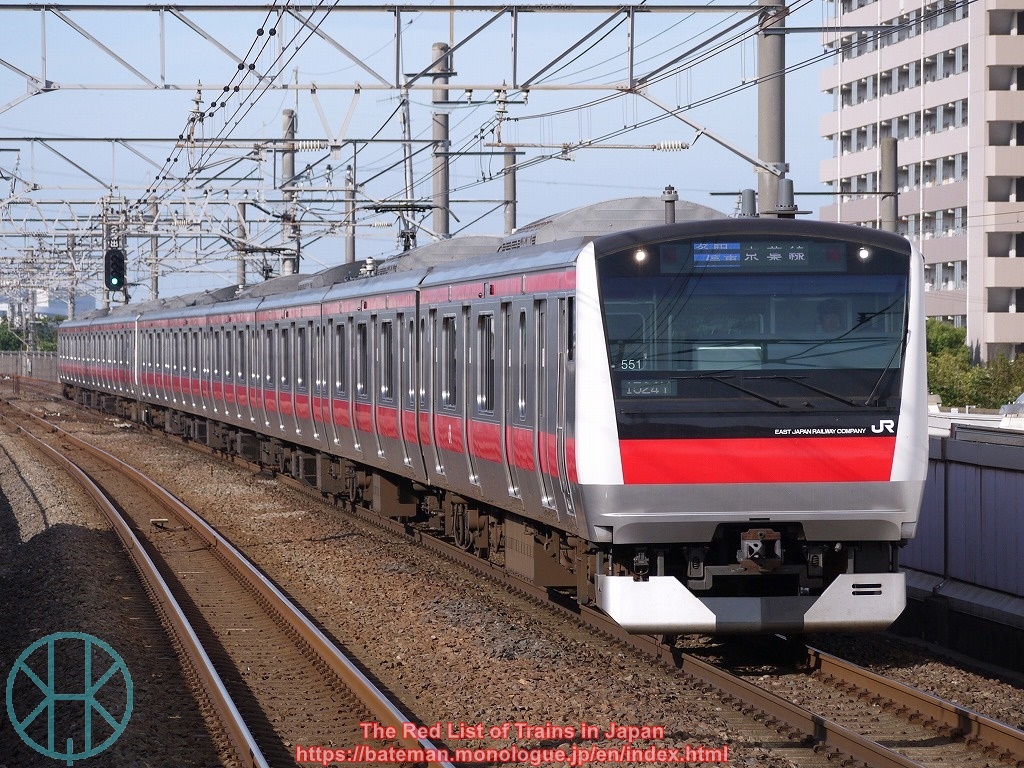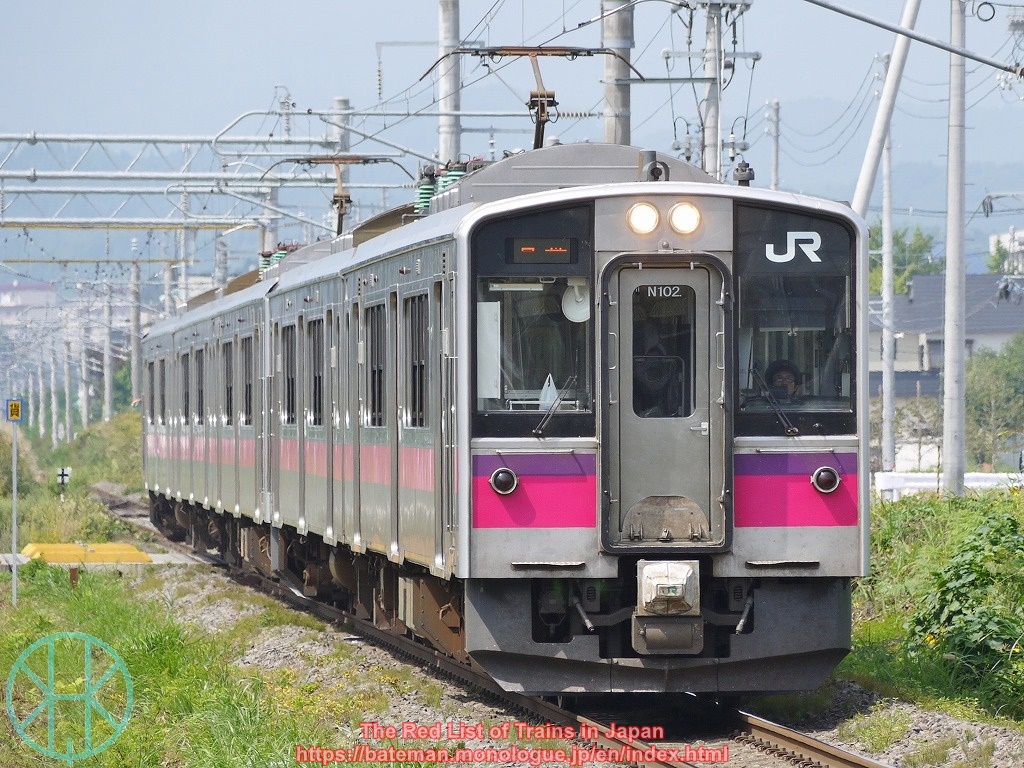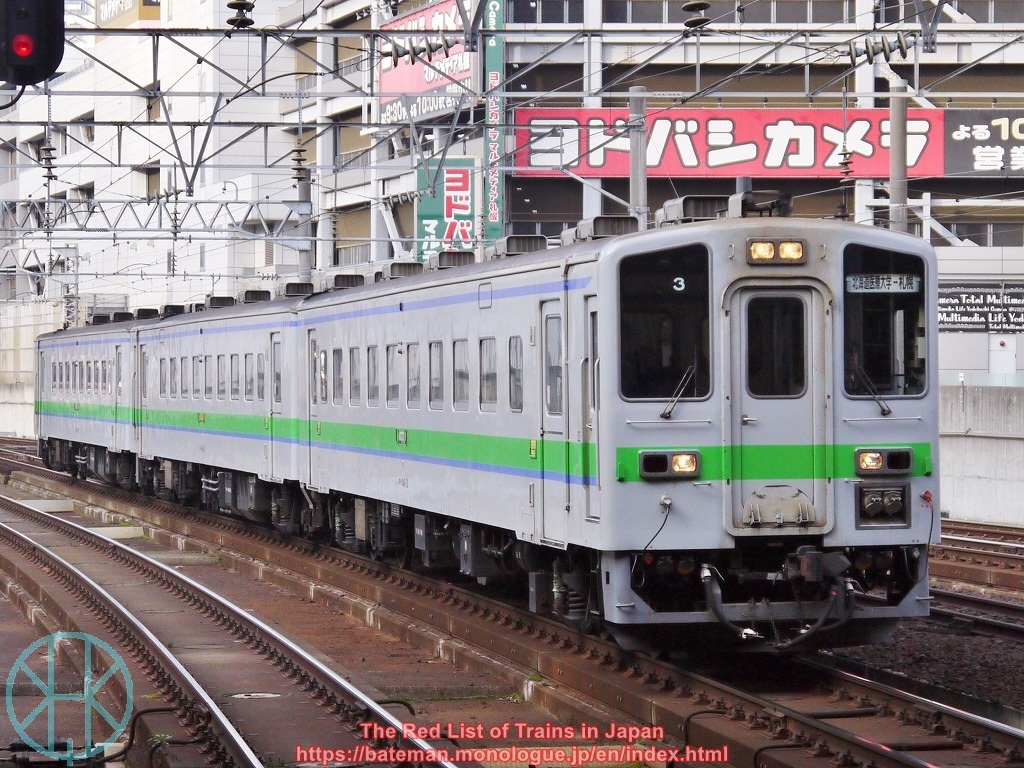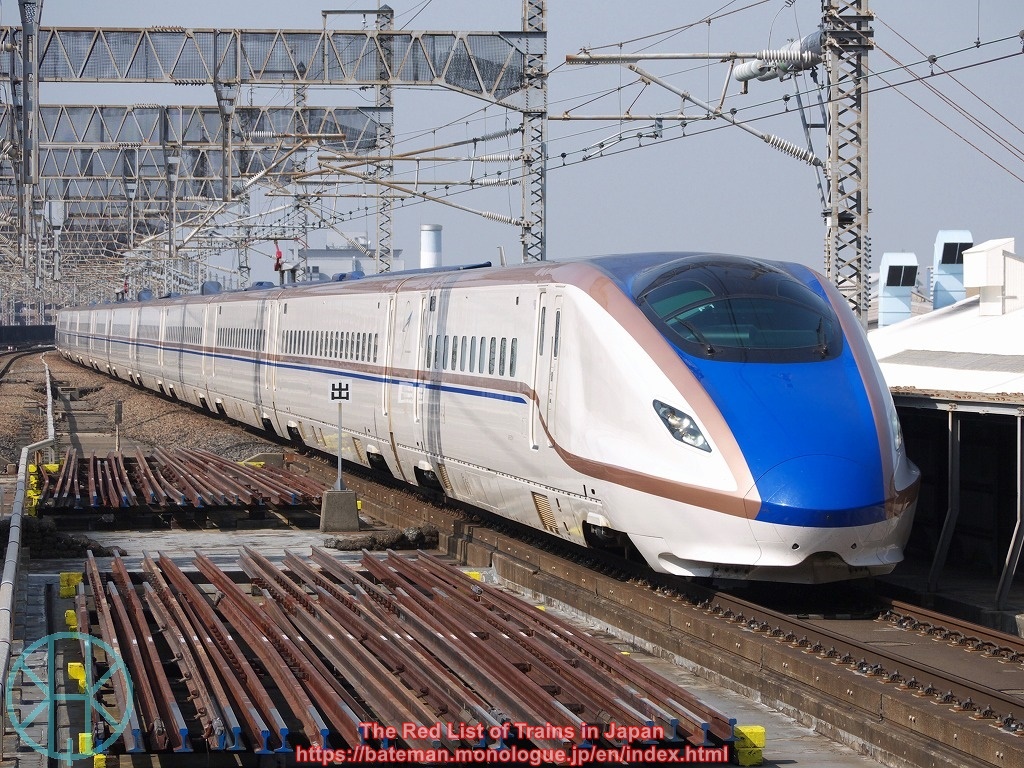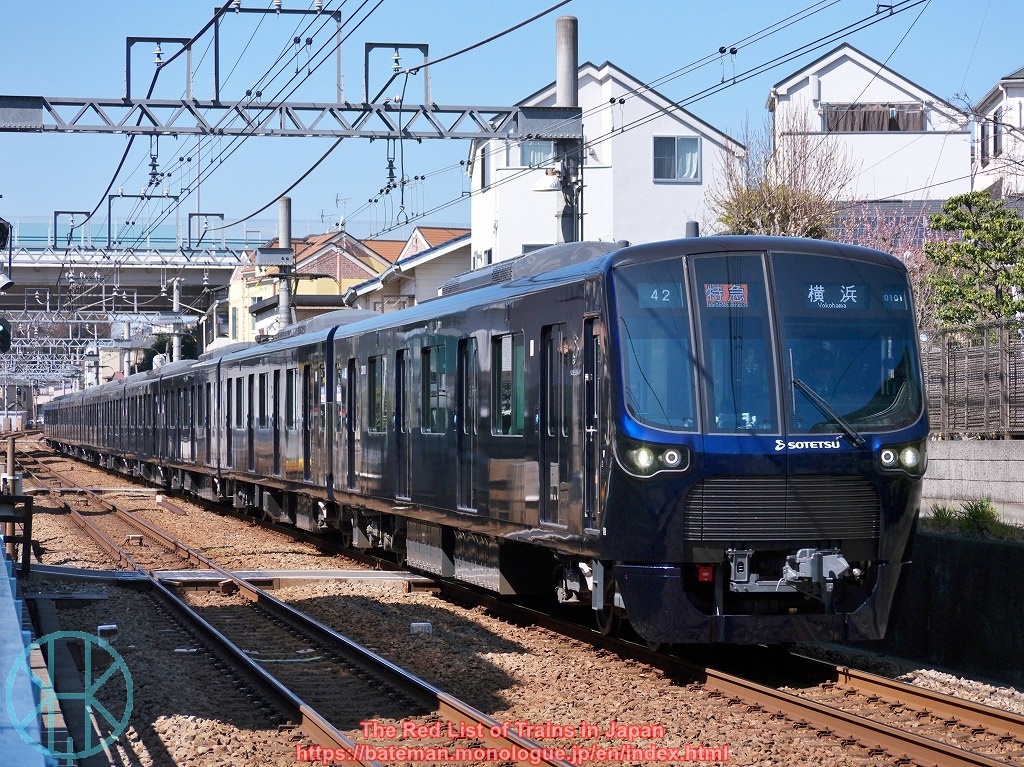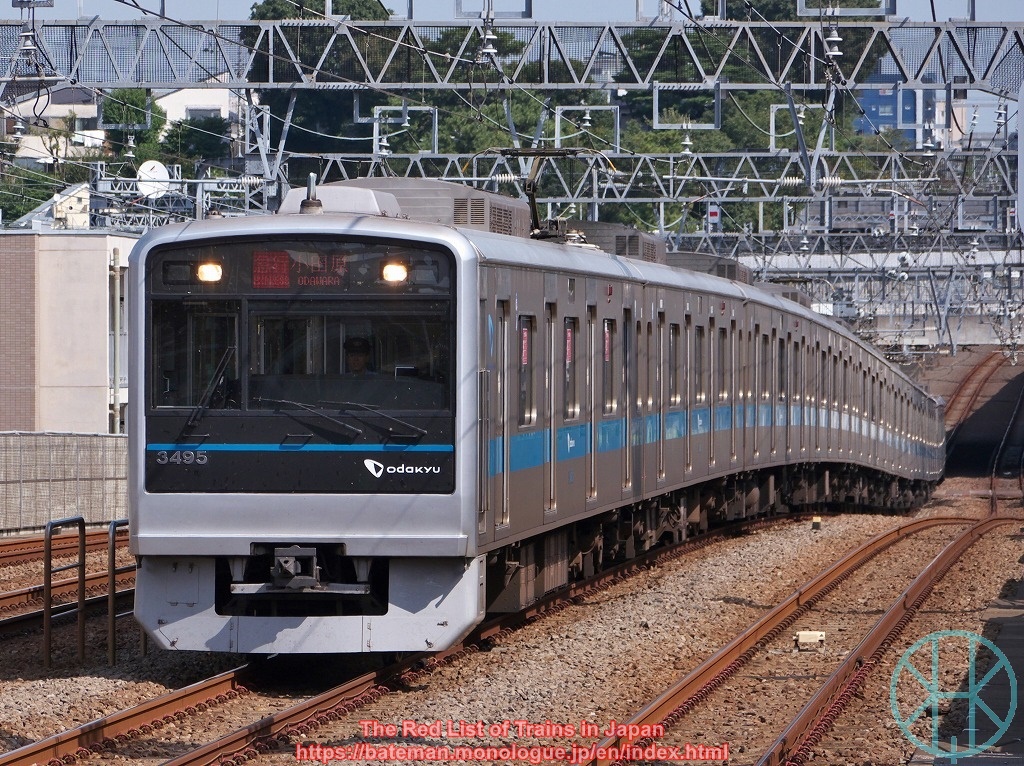Many rural railways in Japan are on the verge of permanent closure as this blog explained last year. Many people insist that it is because of population decline, and blame that the government has been reluctant to save them. However, it must also be noted that the areas with such unprofitable railways are served by well-maintained roads (often motorways), showing that the government has been doing something.
Many of those rural railways were built before the Second World War. As technology advanced and the public lost trust in Japanese National Railways due to severe industrial action in the 1970s, the government decided to shift to road transportation rather than upgrading all existing railways. Hence, roads in rural areas tend to connect towns and cities shorter than railways, and thus local residents hardly use trains in these days.
Then, have railway operators just watched their ridership declining and done nothing? The timetables of 1973 and 2023 indicate that in some cases not only JR but also so-called "third sector" companies, which succeeded unprofitable railways from JNR or JR, have been making efforts to deal with income loss.
Note that all timetables are weekday version and excluding any seasonal trains (i.e regular services only).
Yamagata Railway
Flower Nagai Line is a 20-mile-long third-sector railway in Yamagata Prefecture, which was a part of JR East Nagai Line until 1988. Have services become more or less frequent in the last 50 years?
Akayu station
| 2023 timetable | 1973 timetable |
|---|
| 7:06 | 5:28 |
| 7:44 | 7:09 |
| 8:59 | 8:30 |
| 10:47 | |
| 12:25 | 11:55 |
| 13:05 | |
| 14:35 | |
| 15:57 | 15:25 |
| 17:05 | 16:47 |
| 18:36 | 18:28 |
| 19:52 | 19:38 |
| 20:50 | |
The number of services rose by 50%, though there is no service in the early morning today. But this simple comparison does not tell everything. Akayu station is also served by Ou Main Line services to and from Tokyo. The table below shows when Nagai Line trains arrive at Akayu and when connecting services towards Tokyo depart. All services from Akayu to Tokyo are bullet train Tsubasa in 2023, while those in 1973 were either Limited Express Yamabato or Express Zao for Ueno.
| 2023 timetable | 1973 timetable |
|---|
| 6:38→6:49 | |
| 6:47→8:09 |
| 7:18→8:25 | 7:56→8:09 |
| 8:30→9:26 | |
| 9:12→9:26 | 9:22→10:13 |
| 11:29→13:27 | |
| 12:39→13:27 | 12:13→14:07 |
| 14:16→14:27 | |
| 15:22→15:27 | 15:09→15:21 |
| 16:46→17:28 | 17:33→17:36 |
| 18:15→18:27 | |
| 19:26→19:56 | 19:15→N/A |
| 20:38→21:07 | 20:34→N/A |
The table shows that train connection is not always perfect in both 2023 and 1973. I have looked for the opposite direction (Tokyo to Akayu then Nagai Line) as well as transfers to and from Yamagata, but they were not so different. Still, the current Nagai Line is a little more convenient than JNR Nagai Line in 1973, as there are simply more services than the past.
Isumi Railway
 |
| Isumi Railway trains |
There are several unprofitable railways in the Greater Tokyo Area too. Isumi Railway, formerly called JR East Kihara Line until 1988, is one of them. Isumi Railway had been known for heritage trains until earlier this year.
The table below shows trains arriving at Ohara station and connecting Sotobo Line services towards Chiba and Tokyo. In the table, "r" means Express Nagisa for Ryogoku, "s" means Express Nagisa for Shinjuku, "t" means Limited Express Wakashio for Tokyo, and "*" means Rapid for Tokyo. Other connecting trains are stopping services for Kazusa-Ichinomiya or Chiba.
Ohara station
| 2023 timetable | 1973 timetable |
|---|
| 5:44→5:47 |
| 6:19→6:23 | 6:31→6:33 |
| 7:32→ 7:41t | 7:16→7:22 |
| 7:39→ 7:55t |
| 8:19→ 8:21t | 8:47→9:44 |
| 9:43→9:44 |
| 10:11→ 10:49t | 10:31→11:07r |
| 11:29→12:13 | 11:48→ 12:14s |
| 12:52→13:18 | |
| 13:37→14:20 | |
| 14:58→15:20 | 14:07→ 14:48t |
| 16:21→16:32 | 16:13→16:18* |
| 17:12→ 17:19t | 17:24→17:28 |
| 18:30→18:34 | 18:30→18:32 |
| 19:20→19:34 | 19:26→19:34 |
| 20:57→21:28 | 20:45→20:48 |
It seems that both the rural railway and connecting Sotobo Line trains have become less useful in 50 years. The number of Isumi/Kihara Line services decreased and the connection became inconvenient. It might not be easy for students who live by Isumi Railway and go to school using JR Sotobo Line in these days.
Nagaragawa Railway
Nagaragawa Railway in Gifu Prefecture has been encouraging tourists to visit the area by rail in these days. In that case, it might be useful to consider about how it is convenient for tourists from Gifu and Nagoya. The table below shows, unlike the other two railways above, when JR Takayama Main Line trains arrive and connecting trains for the scarcely populated area depart.
The table is complicated. With regard to Takayama Main Line services, G means stopping service from Gifu, and N means Limited Express Hida or Express Norikura from Nagoya. With regard to Etsumi South Line services, "g" means trains for Gujo-hachiman, "h" means Hokuno, "m" means Minoshi, "y" means Yunohoraonsenguchi, "*" means Minoshirotori.
Mino-Ota station
| 2023 timetable | 1973 timetable |
|---|
| 6:11G→6:26h | N/A→5:45h |
| N/A→6:54m | 6:18G→6:48g |
| 7:04G→7:20y | |
| 7:28G→7:47m | |
| 7:56G→8:12* | 8:10G→8:18g |
| 8:26N→9:04m | Okumino, 9:37h |
| 9:22N→9:56h | |
| 11:28N→11:35h | |
| 12:26N→12:54* | 12:27G→13:25h |
| 14:17G→14:27g | |
| 15:29N→15:34h | 15:02N→15:16h |
| 15:53G→16:18y | 16:28G→16:48h |
| 16:19G→16:46h | |
| 17:27G→17:33h | 1737G→17:44* |
| 17:57G→18:02y | |
| N/A→18:25h | Direct service, 18:33h |
| 19:00N→19:05y | |
| 19:30G→19:36* | 19:55G→20:20* |
| 20:19G→20:34m | |
| 21:02N→21:11* | |
| 21:53G→21:59m | |
| 22:20G→22:28m | |
Note that there were two direct services from Nagoya or Gifu in 1973: Express Okumino from Nagoya to Hokuno (departing Mino-Ota at 9:37) and a stopping service from Gifu to Hokuno (departing Mino-Ota at 18:33).
It seems that Nagaragawa Railway has achieved a significant improvement even amid the decline in ridership. However, it must be borne in mind that Nagaragawa Railway has been regarded as an alternative to Meitetsu Minomachi Line, a tram line that was permanently closed in 2005. Thus, the overall ridership must have dropped as population declined and local residents have shifted to their own cars. Even so, it is laudable that the company has been focusing on good connection with JR Takayama Main Line.
Kyoto Tango Railway
 |
| 287 series, which is also used for Limited Express Hashidate |
Kyoto Tango Railway, formerly known as Kitakinki Tango Railway, has two lines in northern Kyoto Prefecture. This article focuses only on Miyazu Line since Miyafuku Line was under construction in 1973. Miyazu Line has been served by not only regional stopping services but also intercity trains to and from Kyoto, but it is not easy to compare between 2023 and 1973. The table below shows stopping services from Nishi-Maizuru towards Amanohashidate and Toyooka.
In this table, "a" means trains for Amino, "m" means Mineyama, "tg" means Tango-Yamada, "ty" means Toyooka and "*" means Miyazu.
Nishi-Maizuru station
| 2023 timetable | 1973 timetable |
|---|
| 4:32ty |
| 6:17ty | 6:39ty |
| 7:01ty | 7:45tg |
| 7:45a | |
| 8:42a | 8:31ty |
| 9:44t | |
| 10:37a | 10:10ty |
| 11:37ty | |
| 12:37ty | 12:30ty |
| 13:37m | |
| 14:37ty | 14:50ty |
| 15:37ty | |
| 16:37ty | 16:08ty |
| 17:37ty | 17:46ty |
| 18:37ty | 18:40tg |
| 19:37ty | 19:49* |
| 20:35ty | |
| 21:59a | 21:29tg |
| 22:33* | |
It is clear that Kyoto Tango Railway has been making great efforts to provide hourly services except in the early morning and late at night in spite of population decline and a new motorway (Maizuru-Wakasa Expressway) in the area.
How about intercity services? As Miyafuku Line was opened in 1988, services to and from Kyoto run different routes today compared to those in 1973. Even so, the number of services and journey time are worth looking into. The tables below show Amanohashidate station, which is close to a famous and popular tourist spot with the same name.
Amanohashidate station (2023)
| Departing at | Arriving at |
|---|
| Hashidate 2 | 9:50 | 12:07 (Kyoto) |
| Hashidate 4 | 13:47 | 16:06 (Kyoto) |
| Hashidate 6 | 15:51 | 18:07 (Kyoto) |
| Hashidate 8 | 18:08 | 20:21 (Kyoto) |
Amanohashidate station (1973)
| Departing at | Arriving at |
|---|
| Tango 2 | 7:04 | 9:49 (Kyoto) |
| Tamba 3 | 9:08 | 13:04 (Osaka) |
| Tango 4 | 10:18 | 13:00 (Kyoto) |
| Tango 5 | 14:44 | 17:37 (Kyoto) |
| Tamba 4 | 16:05 | 19:51 (Osaka) |
| Asashio 4 | 17:40 | 19:59 (Kyoto) |
There are four limited express services today, but there were six services in 1973. However, it might not be fair to assert that the intercity services became inconvenient in the last 50 years. Express Tamba and Tango (very confusing names) ran different routes so that their duration was very different: Tamba ran via Fukuchiyama, Sasayamaguchi, Sanda and Takarazuka (Fukuchiyama Line), while Tango (and Limited Express Asashio) ran via Ayabe and Sonobe (San'in Main Line). The current Limited Express Hashidate services call at Fukuchiyama, but overall they run routes similar to Tango.
Today, trains from Amanohashidate to Kyoto take roughly 30 minutes shorter than those in 1973. Since trains between Kyoto and Osaka take only 30 minutes, Tamba route is apparently no longer useful. Hence, services in 2023 became slightly more convenient than 50 years ago.
Imbi Line
Finally, this article looks into Imbi Line between Chizu and Higashi-Tsuyama, one of the most unprofitable sections in western Japan. This area has been a scarcely populated region for centuries, but it was a part of main route connecting Okayama and Tottori until when Chizu Express opened in 1994. As all intercity services have shifted to the new railway, Imbi Line has been on the verge of permanent closure for more than 20 years.
The table below shows southbound services at Chizu station. "o" means trains for Okayama, "t" means Tsuyama. Bold ones are Express Sakyu.
Chizu station
| 2023 timetable | 1973 timetable |
|---|
| 5:52o |
| 6:15t | |
| 8:17t | 8:16o |
| 8:52o |
| 11:36o |
| 12:54t | 12:09o |
| 13:41o |
| 15:37o |
| 16:29t | 16:39o |
| 17:57t | 17:34o |
| 19:24t | 19:20o |
| 20:57t | 20:45t |
Even without intercity services (Express Sakyu), it is patently obvious that the the railway in this region has become useless. Even though the number of regional services look almost the same, trains in the daytime have been cut dramatically. This is not only because of the population decline but also the extension of National Route 53. The road is well-maintained and cars can run faster than trains so that Imbi Line has become the dishonourable symbol of decline.
Since this article is not an academic essay, and focused only on five lines out of many rural railways in Japan, it is hard to come to conclusion. However, it is clear that not a few train operators have made their services more convenient than 50 years ago, and nobody should simply accuse those companies of taking no measures to maintain trains.
There are two possible implications: those with infrequent and few services could be improved by providing more trains, or it is already too late to save them. As many cities, towns and villages have to decide whether or not to maintain railways with huge amount of subsidies, they should carefully think if the railways can still be saved.











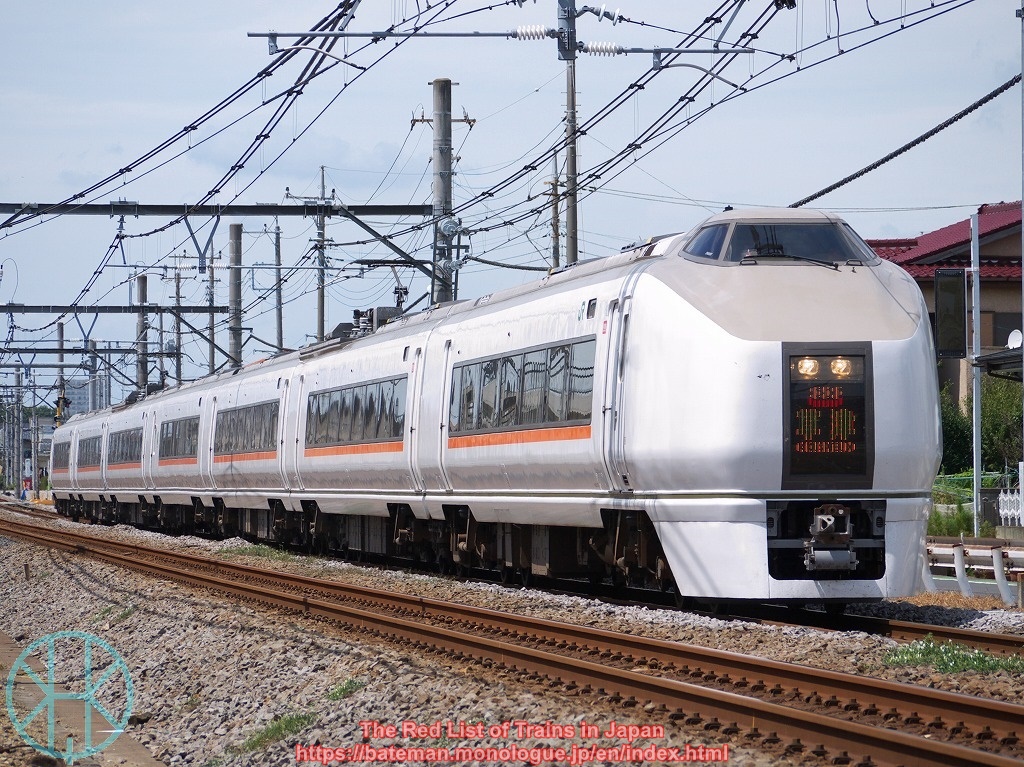

.jpg)
